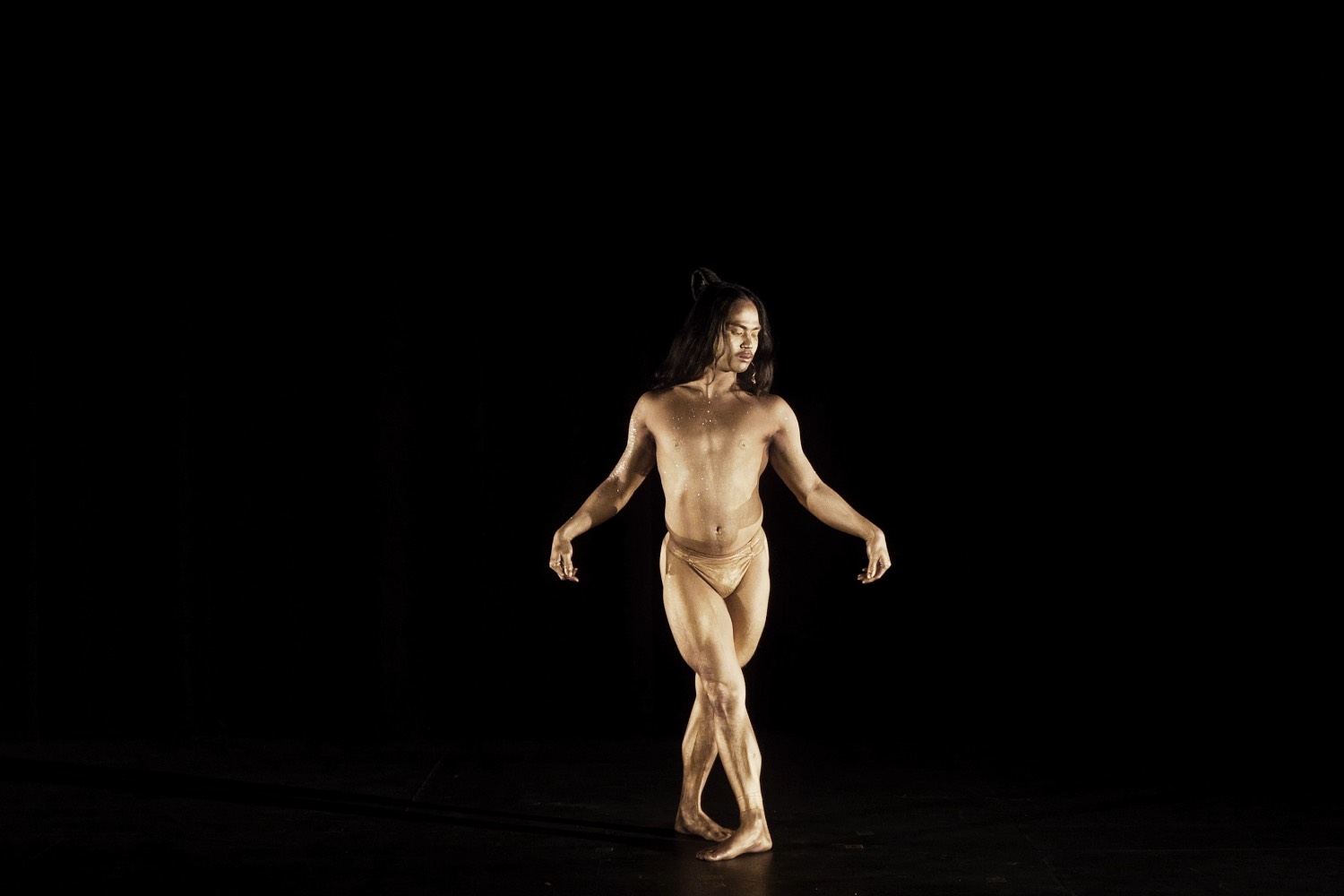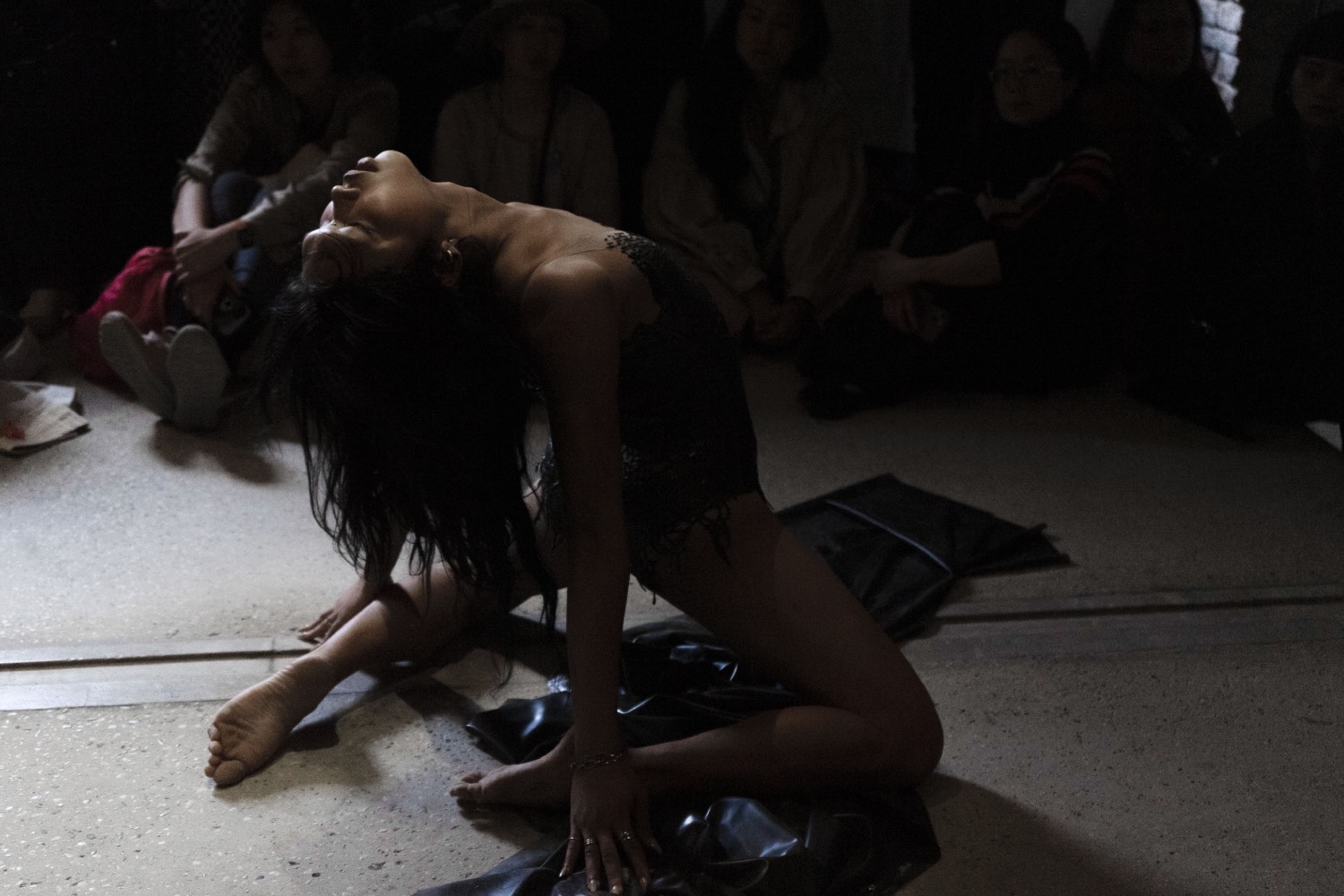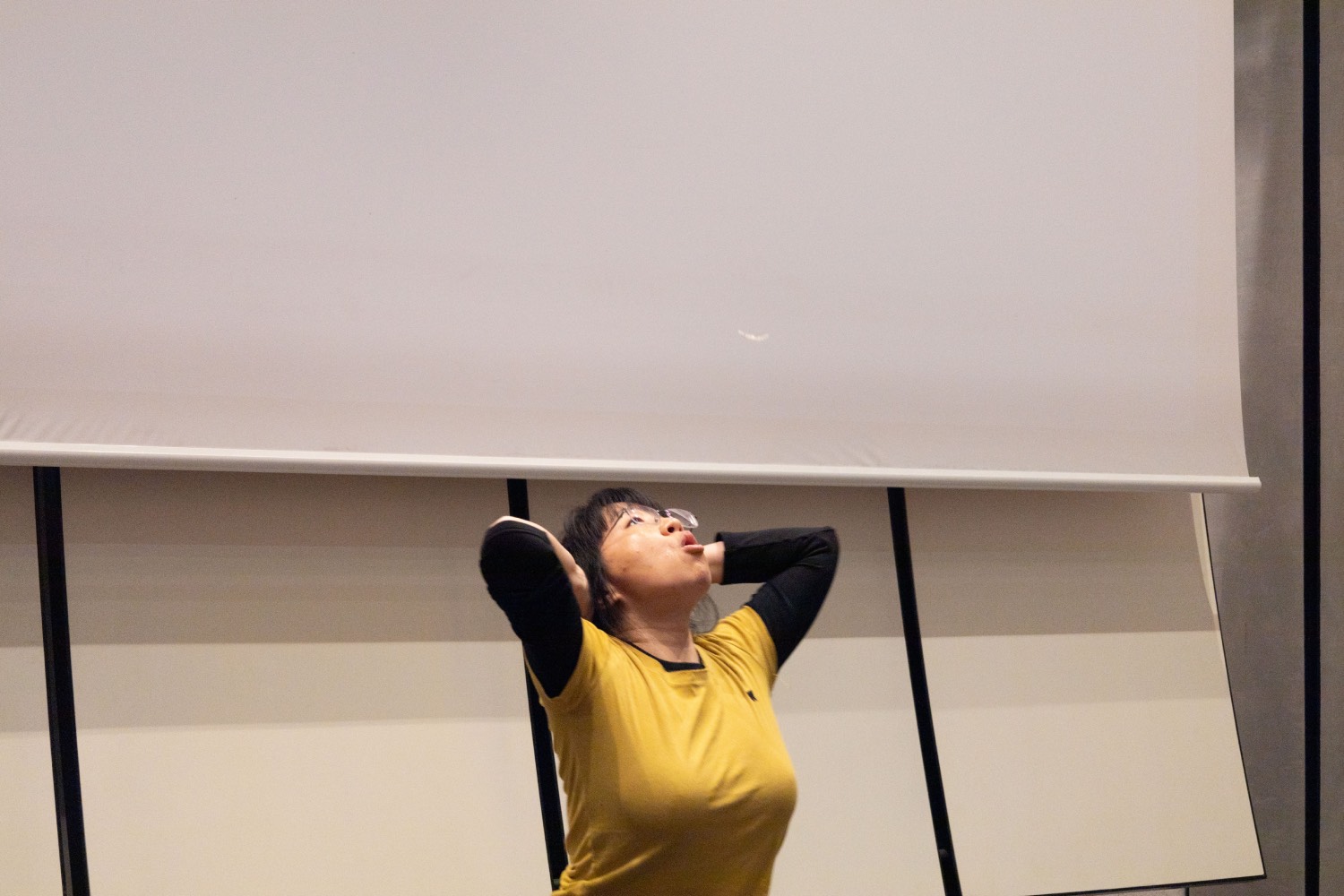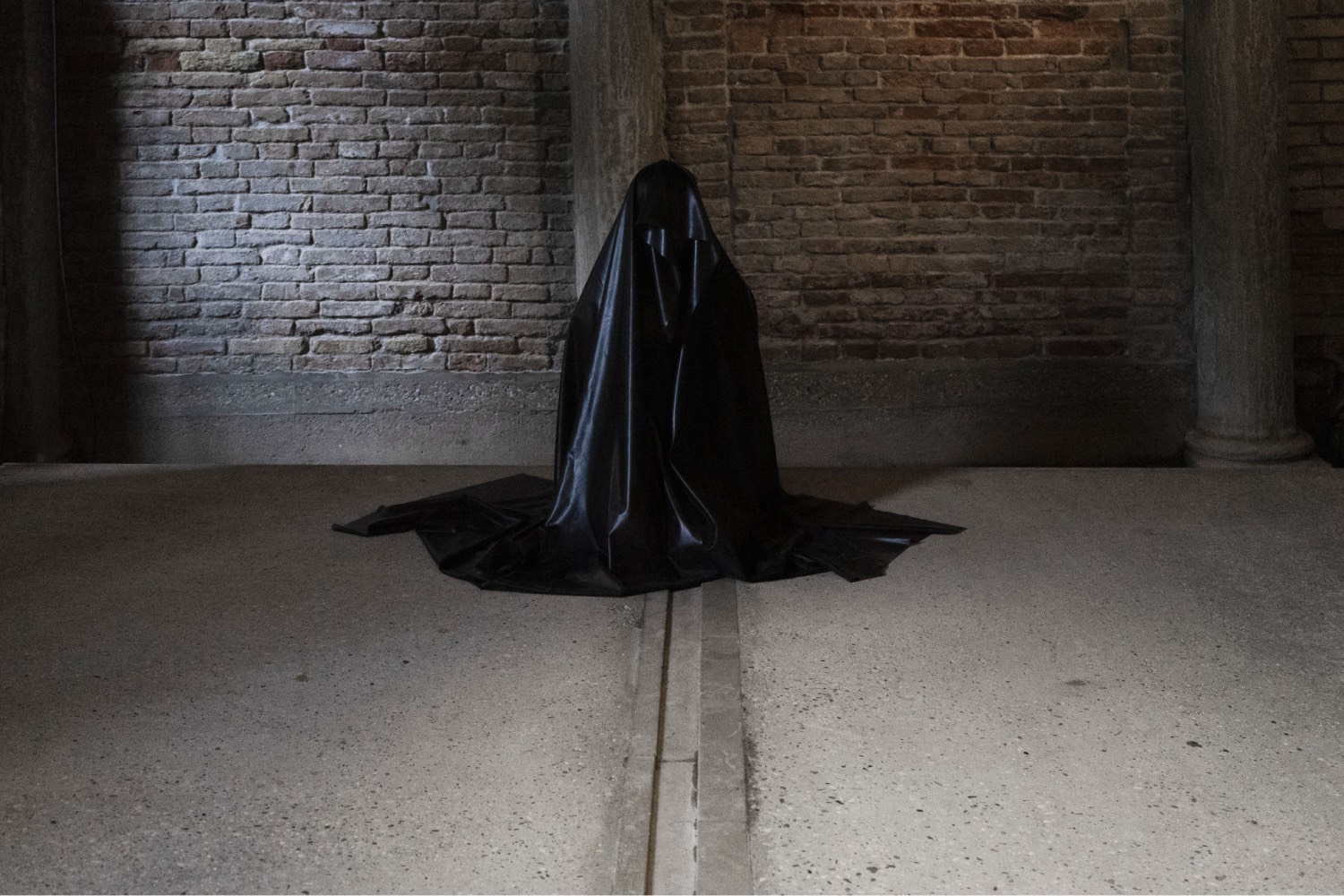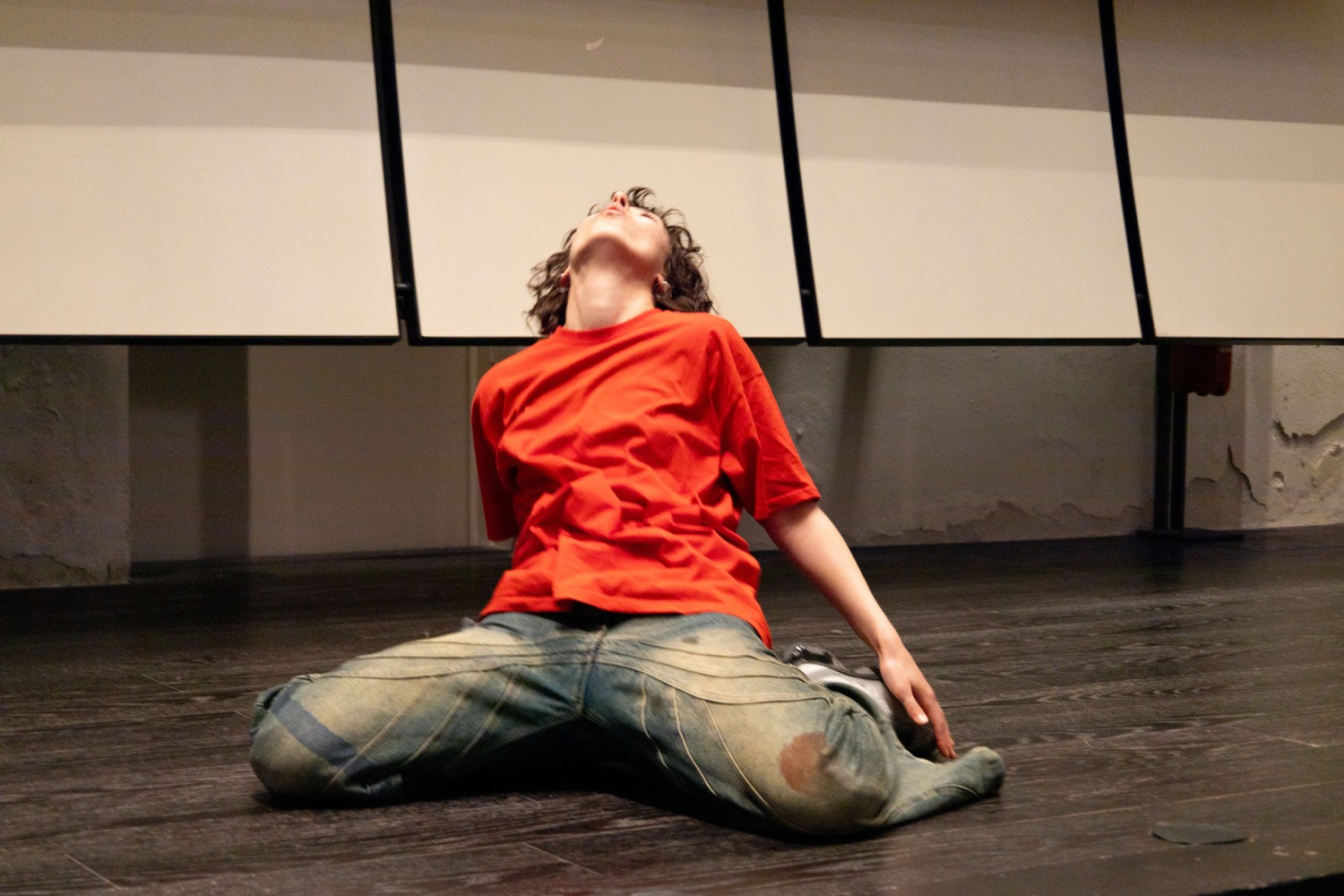After its debut at the 59th Venice Biennale in 2022, the One-Day Assembly on Global Asias returned this year with renewed ambitions, securing its place within the official selection of collateral events of the Biennale. As Annie Jael Kwan explained to me, interest in creating the Asia Forum began in 2015, and developed across the 2017 and 2019 editions of the Biennale, when there was an increased presence of Asian pavilions, collateral events, and artists in the main exhibition. Kwan added, “At the time, I was also researching the developing contemporary art scenes in Southeast Asia, and the various major museums in the region were also launched. I felt there was soon to be increasing interest in these practices, but also felt that often much was lost in translation when brought to the context of Venice and within the Eurocentric critical frameworks. It was necessary to hold a space specifically to amplify Asian artistic voices, and in doing so, the Asian lens would reframe new and alternative perspectives on ongoing global issues. Moreover, there was also the opportunity to connect across pan-Asian themes and nurture a community convening in Venice, a site of historical and contemporary traversals.”
The second edition of the forum unfolded like a tapestry of cultural exploration and intellectual dialogue at Fondazione Querini Stampalia, serving as a beacon for artists and scholars, drawing them into a world of boundless creativity and thought-provoking discourse. Presented in collaboration with Asia Forum and Asymmetry Art Foundation and supported by the Bagri Foundation, the event bore the evocative title “A World of Many Worlds,” rallying a cry for the celebration of diversity and the exploration of multiple realities in response to the theme and title of the 60th Biennale, “Foreigners Everywhere.”
Michèle Ruo Yi Landolt, director of Asymmetry, stated: “It’s been a tremendous pleasure to co-present ‘A World of Many Worlds’ with Asia Forum and support the initiative with Bagri Foundation. Our idea to bring our knowledge and network to Venice was born in 2022, when there was renewed excitement about gathering and collaboration. Accordingly, joining forces with Asia Forum was the most logical next step and has led to a beautiful way to bundle and share our resources and contribution. Adriano Pedrosa’s Biennale has been all about shifting perspectives onto the Global Majority and provided an apt setting for our program, which highlighted experience and research concerning reworlding and resilience towards an expansive dialogue on Global Asias in an era of globalized ecocide and humanitarian crises.”
“Many worlds are walked in the world. Many worlds are made. Many worlds make us,” is the quote by Marisol de la Cadena and Mario Blaser upon which the forum builds, with a program created to stimulate the senses and intellect, offering a diverse array of performances, screenings, and discussions to encourage dialogues across Asia and widen the visibility for its artists and researchers. “The line-up of participants happened very organically,” said Landolt, “and we had the experience and knowledge of us six co-organizers, who are curators and cultural producers in our own right to boot. When a program shapes up to become something meaningful, it becomes easy to add voices and convince further practitioners to join. We’re proud with our outcome to have gathered sixteen speakers from all over the Global Asias.”
A space for free thinking and to stimulate the pleasure of it, the forum kicked off its second edition with Yao Qingmei’s Blowing a Feather (2024), a performance in three acts in which the performers try to keep a feather afloat just by using their breaths while at the same time performing gestures that explore the limits and possibilities of the body, causing humor at times and frustration at others.
Central to the forum’s agenda was a screening program of three different films, each offering a unique perspective on the complexities of contemporary life and culture. Mother Tongue (2017), a collaborative work by Lap-See Lam and Wingyee Wu, led viewers on a speculative journey through the history of a Cantonese Chinese restaurant in Sweden. Through the voice of three female narrators spanning three different generations of family restaurant owners, the film blurred the lines between reality and fiction, inviting contemplation of themes such as identity migration and cultural heritage. Each of them is from a different period: the narrator of the first part, called “Peach Tongue,” is from 1978; the second part, titled “Miss China,” is set in the present; the last one is set in the future of 2058. In Mother Tongue, the boundaries between what is real and what is fiction dissolve. The story of this family, which represents the story of many people who had to leave their home country to find opportunities elsewhere, especially in Europe, unfolds over thirty years. Although these social, political, and cultural changes actually happened, the technique used in the video, namely that of 3D modeling, immediately creates a distance between the facts told and the viewer, who seems to move within a kind of video game while the three female voices narrate monologues on themes such as language, identity, and life in the diaspora.
Boundaries also dissolve in Subash Thebe Limbu’s Ladhamba Tayem; Future Continuous (2023), this time those between time and space. The movie follows Kangsure, a Nepalese warrior — who, just like the artist, is from the Yakhtung population in the north of the country — from 1774 AD, and Mikki, an astronaut and time traveler from a very far-off future. Their respective timelines overlap through thakthama, a way of time traveling, in a meditation on the cyclical nature of history and the enduring quest for solidarity across generations.
Finally, The Heart of a Hand (2023), by Kang Seung Lee, offers a poignant tribute to the legacy of Singaporean choreographer Gon Choo San, who died of AIDS in 1987. In a blend of dance, music, and visual imagery, the movie explores queerness, intergenerational memory, and transnational identity. Lee pays homage to Gon’s pioneering spirit, highlighting the often-overlooked contributions of queer artists to the cultural landscape. Gon danced for companies and theaters around the world, but his figure has always remained ignored and excluded from culture, dance, and queer history. In the movie — freely inspired by Gon’s neoclassical ballet Configurations (1981) — Filipino artist Joshua Serafin becomes a ghost of Gon, and through him, Gon’s practice is rematerialized, while the performer dances on stage to the rhythm of different musical bases, changing set and costume twice. In the second section, hair loose and body covered in gold, Serafin hints at the first dance steps while removing a string from his mouth, seemingly a symbol of the attempt to establish a connection to Gon and his work.
The forum reached its crescendo with Serafin’s performance PEARLS (2024), amid the usual 4:00 p.m. Venetian rain. The performance sees Serafin and other performers once again incarnating figures of the past – in this case, nonnormative figures celebrated in the Philippines prior to the empire. Abandoning gestures and behaviors forced on them by colonialism, they can finally discover and reveal their ancestral bodies.
In a historical moment of anxiety and uncertainty, the One-Day Assembly on Global Asias was a reminder of the transformative potential of art to bridge cultures, foster understanding, and envision new worlds. Embracing the richness of diversity and reimagining our shared humanity in all its complexity and beauty is the way to remake a world in which many worlds can fit. The forum is also a reminder of what it means to live and work in a world of many worlds. But what worlds can we remake together?


